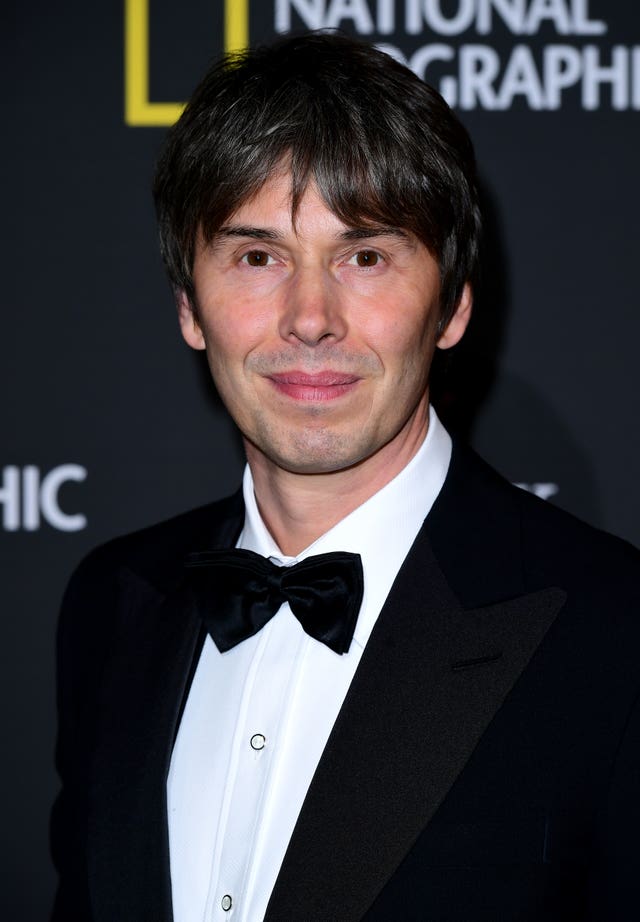Dr Camilla Pang has been revealed as the winner of The Royal Society’s Science Book Prize.
The debut author won the £25,000 award for her book Explaining Humans: What Science Can Teach Us About Life, Love And Relationships.
The book explores what different areas of scientific research reveal about various aspects of human behaviour.
Join us tomorrow evening on our YouTube channel as we announce the winner of this year's Royal Society @InsightInvestIM Science Book Prize, and our panel explores the importance of science writing at a time where #scicomms are in the spotlight. #SciBooks https://t.co/sKwFQbwlHi pic.twitter.com/XR1Bk0KzhE
— The Royal Society (@royalsociety) November 2, 2020
Broadcaster Brian Cox, who is The Royal Society’s professor for public engagement in science, said: “This year, science is firmly in the spotlight and high in the public consciousness as we all feel the impact of this global pandemic.
“Our collective experience has been a stark reminder of the invaluable role that good science communication plays in equipping us to have a deeper understanding of how to respond to and protect ourselves and those around us.
“This year’s winning book, Explaining Humans, exemplifies good science writing and communication by illustrating how science can help us to understand why we do what we do.”

Professor Anne Osbourn, chair of the judging panel, said: “Explaining Humans is an intelligent and charming investigation into how we understand human behaviour, while drawing on the author’s superpower of neurodivergency – but it does a lot more than that.
“Each chapter focuses on a different facet of science and, while explaining the scientific theory in a readily accessible way, also delves into analogies of accepted social norms and how to interpret and respond to them.
“Crucially, the book also provides insights into different ways of thinking and the challenges of being neurodiverse in a ‘normal’ world.
“Pang may have written this book as a manual to understand a world that sometimes feels alien to her, but it also allows neurotypicals to see the world from an entirely new perspective.”
Dr Pang saw off competition from previous winner and bestselling author Bill Bryson, who was nominated for The Body: A Guide For Occupants.
Founded in 1988, The Royal Society Science Book Prize celebrates the best in science writing.
